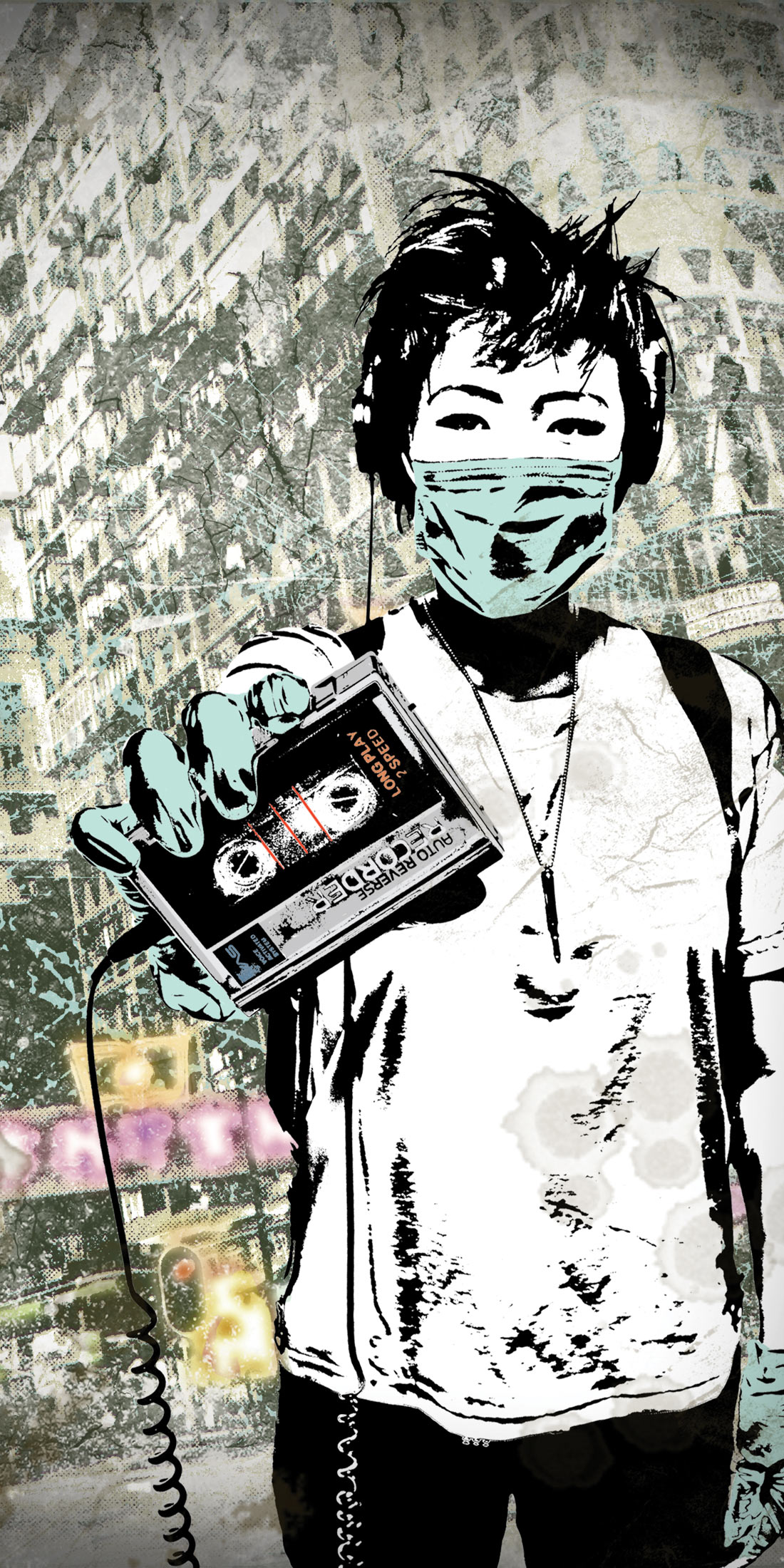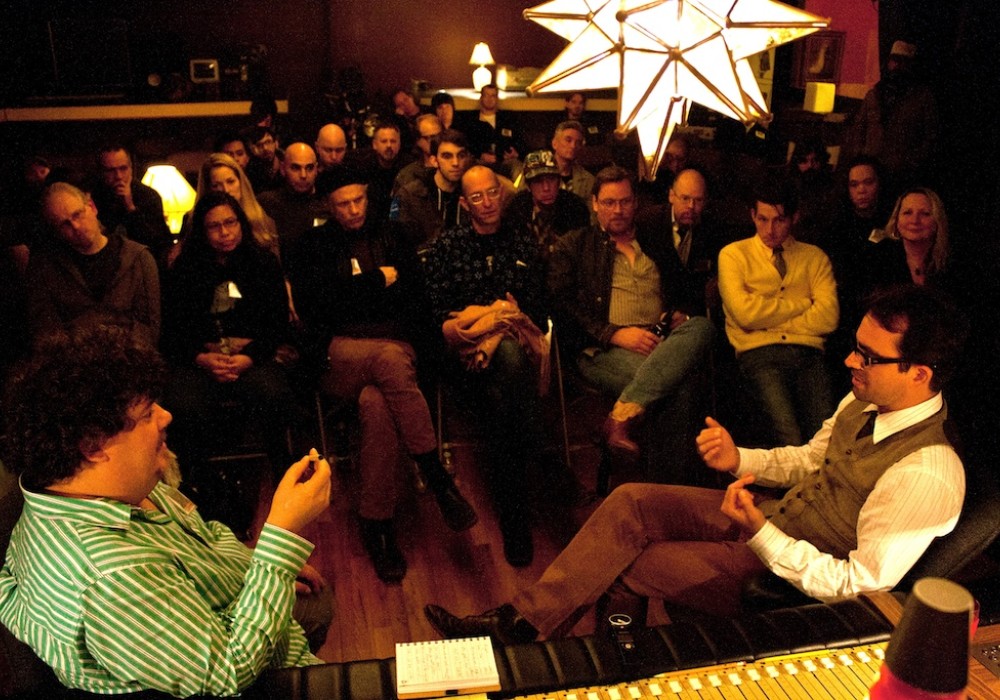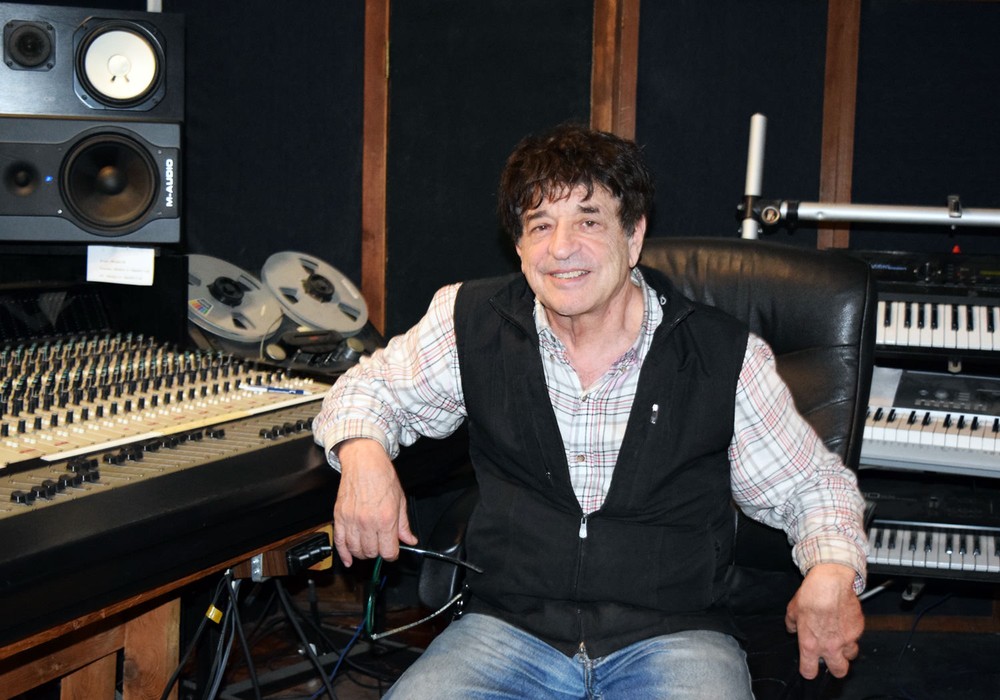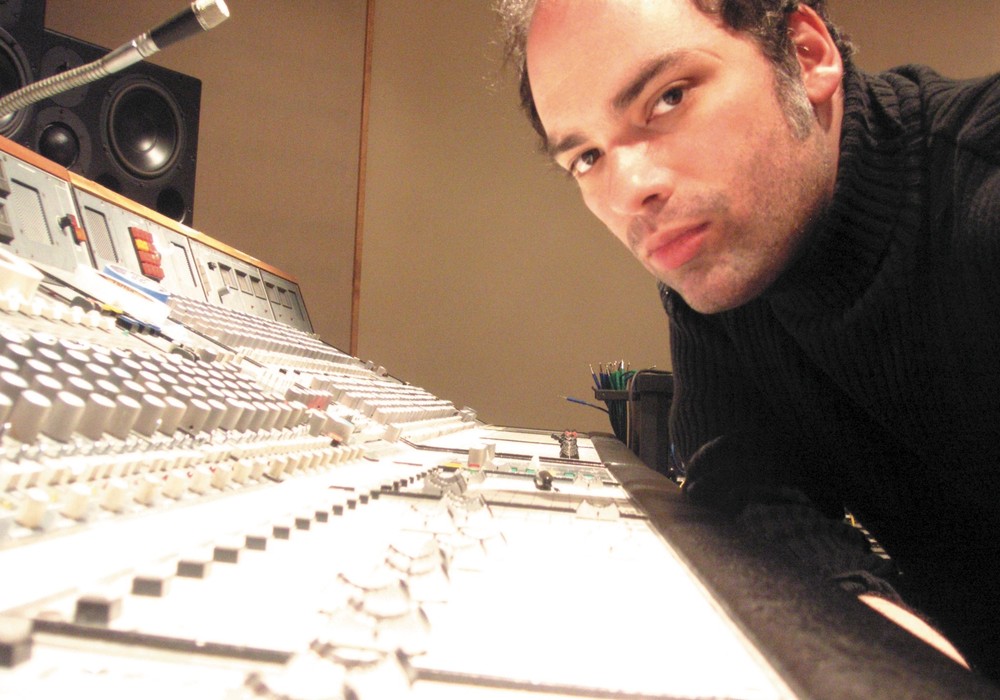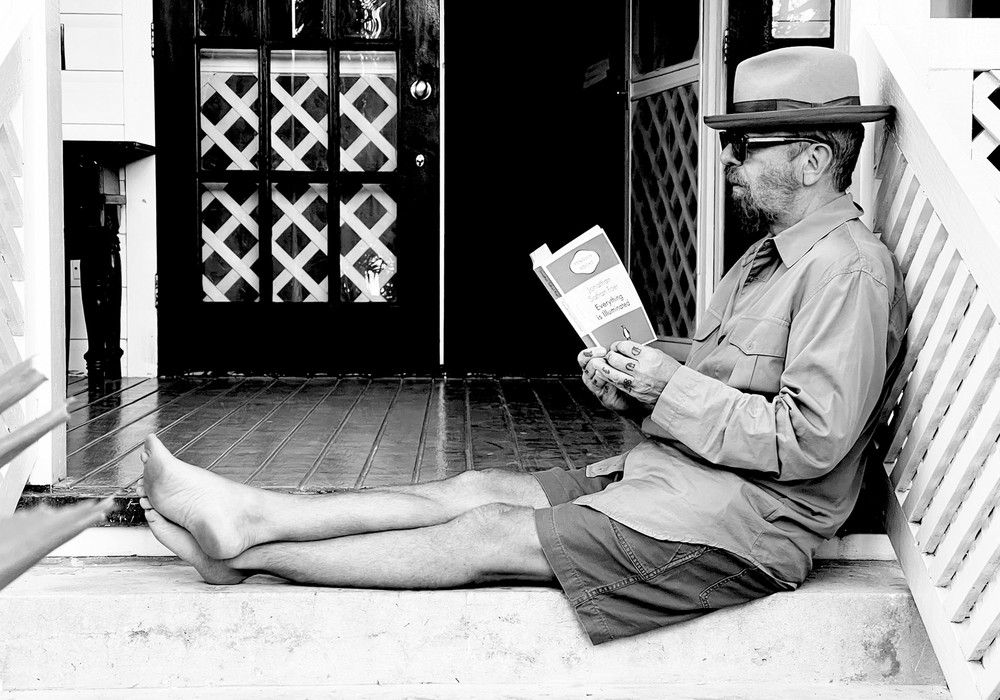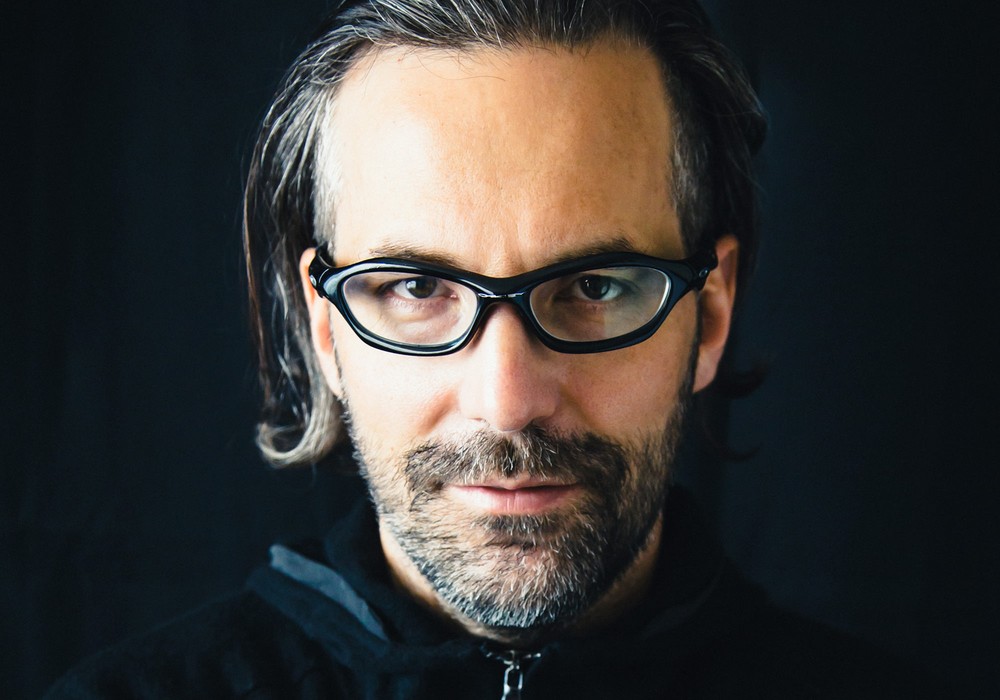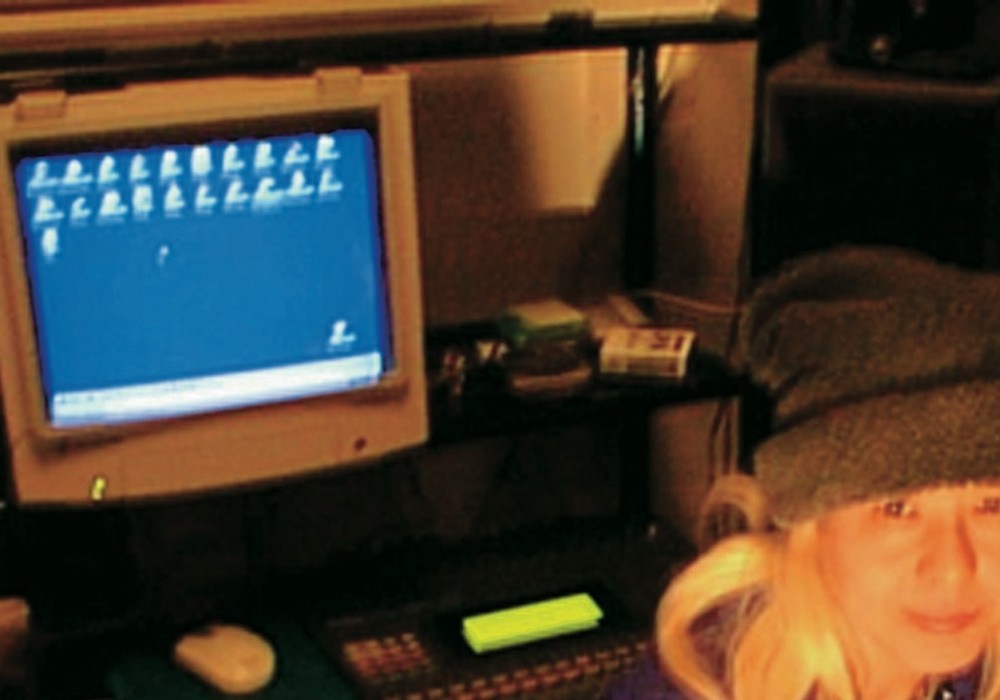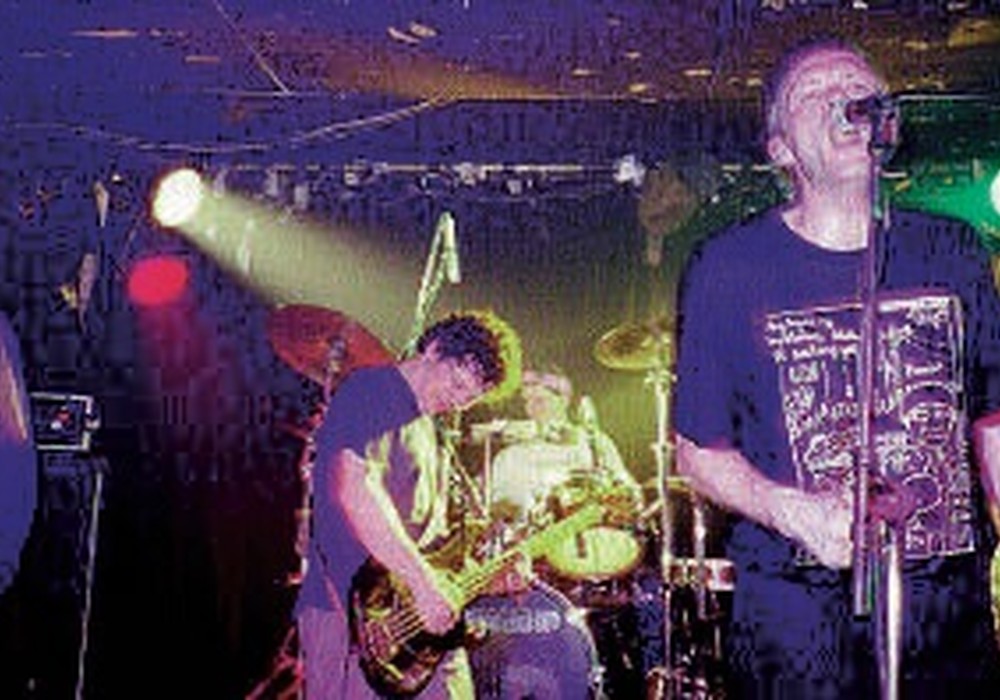Ray LaMontagne's 2010 album, God Willin' & the Creek Don't Rise, may have won a Grammy award for Best Contemporary Folk Album, but I'd refute that narrow categorization. It's an album of honest songs, real performances, and some real feelings. Ray self-produced the album, but he brought in Ryan Freeland as the recorder and mixer. I had the opportunity to join a group of attendees at a Welcome to 1979 Recording Summit, where we had a listening party (off 180 gram vinyl) and then a live interview with Ryan to discuss the making of this fine album.
Audience: Did the playback here translate with this environment and these cabinets?
It's interesting. I wouldn't characterize this record as super bassy. When I reference it, it always seems slightly light to me. I understand that, because I kind of did it on purpose since Jen's bass is so subby, so too much of it would swamp the mix. Here the bass seemed really solid. That's sort of the whole gig. On earbuds, you might think it's a little light, and in my room it seems pretty good when I reference it. But if I was listening here and I heard that much bass, I'd think that's as much as you need to have.
I think it's the Barefoots.
Yeah, I tested them before I bought my mains. Some of it's the side-firing thing, where the bass goes in kind of a weird direction. I really like these speakers, but who the hell wants a bass-light record? If you hear a lot of bass and you're suddenly thinking you need to bring it back, I'm not sure that I need that. I don't want a bass-light record. If these had a big bassy sound to them, I'd be nervous to trust them too much, because they might make me want to sculpt it a little bit. When I hear this record everywhere else I've heard it, I never thought it was bass heavy.
Audience: I should say too that our cartridge on the turntable is a rock-and-roll...it's got a big bass bump. So that's probably half of what you're hearing.
Yeah, well that's the tricky thing about it all. People will tweak their speakers to make a mix sound good. It's crazy. Then you hear something else and it sounds like crap, but they've tweaked their speakers. There's a million ways to go about it.
Audience: Your thing sounded massive. It's really cool.
Which is what you want. But you don't want it to be over-the-top. That's the thing with Jen's bass, especially back then. Later she switched to a slightly different sound where she's a little more plunky. But in all of this era when I worked with her, she was always rolling the tone all the way off and getting this really subby sound. When you combine that with Bellerose who's doing big drums with towels, the whole thing is like an engineering puzzle, trying to get attack out of big drums with towels on them and basses with the tone rolled off.
Audience: What I want to know is on 10 Cent Wings by Jonatha Brooke, were you the first engineer or second engineer for that?
On 10 Cent Wings I was the second engineer. That's where I met her.
I love the sound of that record.
Bob mixed that record.
Did you mix Steady Pull?
Steady Pull I did part of. I think I did half of it. Then Back in the Circus was the one that I did the full thing. I co-produced that one.
Audience: I noticed subtle differences in vocal depth. I didn't know it was all tracked live in a room with the band, but what was your reasoning for choosing to push it back a little more with reverb or bring it up front super-dry? Was that a choice per song based on lyrics, or was it a feeling you had? Is there any insight you can give to that?
I don't know if there's much insight. I guess it's just whatever the feeling is. I use all analog reverbs, an EMT 140 plate and spring reverbs, and they just react more when you sing harder. So the way they interact with the voice feels very organic to me. That's maybe kind of what you're saying. It's not constant. They're not like the Pro Tools equivalent (I don't use any of them) of a modern reverb, like a Yamaha or any of these things where the verb is more consistent. I don't use those kind of verbs. I use analog verbs that react the way an instrument might react. That's what I like about them. It does kind of come in and out, especially with a spring. It hits a certain way and does a weird thing. It's the same thing with like a sampled piano. You can't sample a piano. There are just too many variables. You can, but there are too many variables, what other notes are playing and all this. Plate reverbs and spring reverbs are all that I've used for years. That's also part of my love of '50s and '60s recording, where every studio was trying to identify a sound that they had. The majority of that sound was based on the room and the way that they did ambience and reverb effects. It was all analog. It was bathrooms, plates, where they put the speakers in the bathrooms, and all that stuff. I feel like in the modern age, there's still a responsibility to make an identifiable sound for yourself. You don't want to be over the top with it, but you want to have something that people will hear to pick you out. Sometimes I'll do some crazy thing if somebody wants that, like a tape slap that trails into some other stuff, and that's fine if it's what they want. Sometimes it works great. But the bigger point is trying to identify yourself as having a sound. These big records that we love are identifiable as having a sound. Things sound different and it was purposeful.
Everybody has the same plug-ins now.
Everybody's got the same stuff.
You have to think about how you're not just doing the same plug-and-play thing as everybody else.
Audience: Didn't people have the same stuff back in the day too, to a limited degree?
Not the rooms though, the live rooms and all that. Everybody had the plates. But there's still that idea. I don't know if I'm worried about everyone having the same stuff, because it's how you use the stuff. I always think about it in terms of painting. Every painter has access to every material, paint color, and brush that every other painter has. At some point it's which color they use and how they choose to do it. There are a million little decisions that make things the way they are. It's not just because you have this special shade of blue that nobody's ever been able to use before. It's a little presumptuous to think that you're going to use all the tools that are available and do something without having some knowledge of the fact that there's an artistry to it that transcends the blue. My only thought about that is that if there's no replacement for that specific idea, then we're all screwed. But you can't have the mentality of, "Oh, just because this specific sound doesn't exist, now I can't create a great-sounding record." You have to think how you can continue to do cool things.
That was one very cool blue.
It was. Somebody else is going to have another blue and then 20 years from then, people will be asking how to get that. Well, you can't get that anymore either. It's the perpetuation of human existence. There's a lot of voodoo stuff, and I love it too, but it can be a trap in some ways. If it were that easy, if it was direct-to-vinyl or direct-to-disc recording, or analog, if these were the only ways that you could make good-sounding records, then it would be so simple! Just record it to analog or straight to vinyl. Where's the rest of it? It's not just those things. It's a lot of things, and it's a lot of thinking about it and listening the way that Chris listens to stuff. Plus things don't always translate the same way depending on where you listen. It's always a little different. That's why it's an art form. I feel like it's an art form. It's not just a technical thing of turning knobs and pushing buttons.
